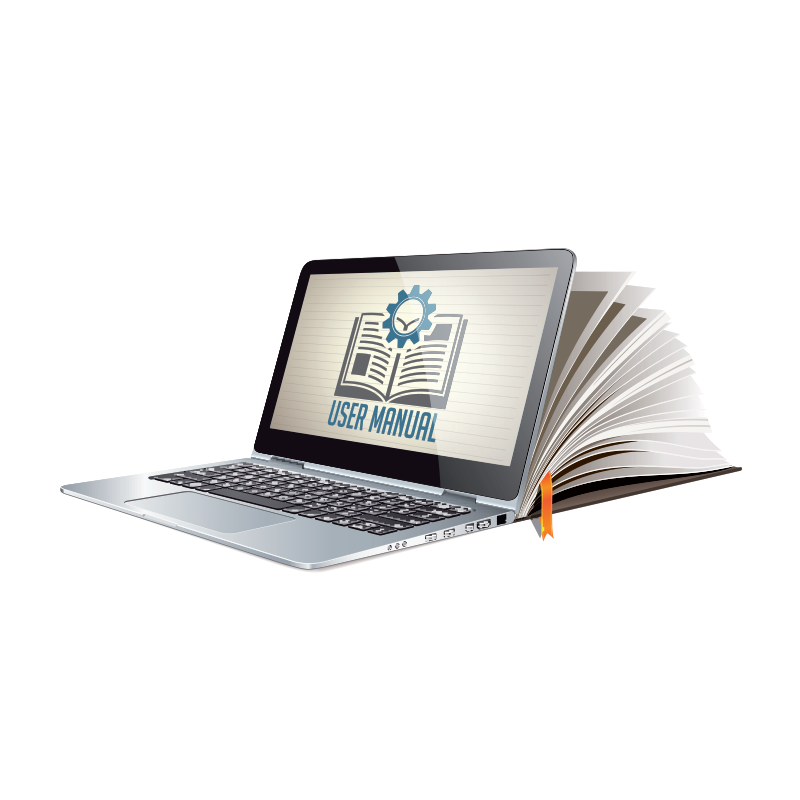About this guide
A Comprehensive guide to R pragramming, With Exercises and Quizes At the end of each section

A full self study guide to R programming
This guide is designed to give you a path to start using R for data Analysis, with an eye towards eventually using R for more advanced analysis and data science tasks. We’ll cover a broad range of topics, from basic data manipulation to advanced machine learning techniques.
This guide, is and will be updated continously of new content about R
The topics will include :-
- Getting Started
- Operators
- Data Structures
- Working with Data
- Data Wrangling
- Data Visualization
- Statistical Modeling
- Interactive Reporting with R Shiny, R Markdown and Quarto
- Web Scraping and Text Mining
- Machine Learning
- Regression
- Classification
- Clustering
- Association
- Anomaly Detection
- Sequence Minin
- Reccomder Algorithms
- Case Studies
- Additional Resources
Getting Started Before we dive into using R, let’s get set up with the necessary software and tools. This section will cover downloading and installing R, as well as an integrated development environment (IDE) such as RStudio. We’ll also cover the basics of working with the R console and executing code.
Operators R has a wide range of operators for performing mathematical and logical operations. In this section, we’ll cover arithmetic operators, logical operators, comparison operators, and more.
Data Structures R has several built-in data structures, including vectors, matrices, arrays, data frames, and lists. In this section, we’ll cover each data structure in detail and show you how to create, manipulate, and subset them.
Working with Data Once you have your data loaded into R, you’ll need to know how to manipulate it to extract meaningful insights. This section covers data manipulation techniques such as filtering, sorting, and aggregating data.
Data Visualization R has a wide range of data visualization tools, including base graphics, ggplot2, and more. In this section, we’ll cover how to create basic and advanced visualizations to help you better understand your data.
Statistical Modeling R is a powerful tool for statistical modeling, with a wide range of built-in functions and packages for regression, time series analysis, and more. In this section, we’ll cover some of the most commonly used statistical modeling techniques in R.
Interactive Reporting with R Shiny R Shiny is a web application framework for creating interactive reporting dashboards. In this section, we’ll cover how to create and deploy a simple Shiny app.
R Markdown and Quarto R Markdown and Quarto are powerful tools for creating dynamic reports and documents that can be easily shared and updated. In this section, we’ll cover the basics of using R Markdown and Quarto to create interactive and customizable reports.
Web Scraping Web scraping is the process of extracting data from websites. In this section, we’ll cover how to use R to scrape data from the web, including how to handle dynamic websites and how to parse data from HTML and XML.
Text Mining Text mining is the process of analyzing and extracting information from large volumes of text data. In this section, we’ll cover how to use R for
Regression Regression analysis is a statistical method used to determine the relationship between a dependent variable and one or more independent variables. In machine learning, regression is used to predict a continuous numerical output based on a set of input features.
Classification Classification is a type of supervised learning in which an algorithm is trained to predict the category or class of a given input based on a set of labeled training data. Common classification problems include image recognition, sentiment analysis, and spam filtering.
Clustering Clustering is an unsupervised learning method that involves grouping similar data points together based on their features. This can be used to identify patterns in the data or to segment the data into distinct groups.
Association Association rule mining is a type of unsupervised learning in which an algorithm is used to identify patterns or associations between items in a dataset. This is often used in market basket analysis to identify frequently occurring combinations of products.
Anomaly Detection Anomaly detection is a method used to identify data points that deviate from the expected patterns or trends in a dataset. This can be used for fraud detection, system monitoring, or other applications where identifying unusual data points is important.